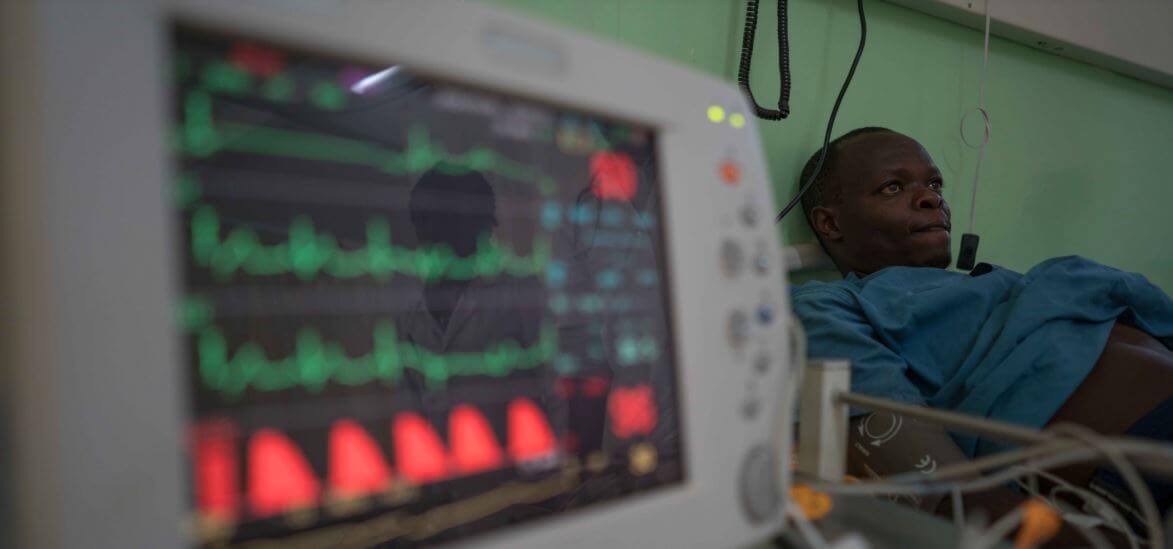The Pan Africa e-Network Project, launched on 26 February 2009 by former Indian President APJ Abdul Kalam, aimed to establish satellite channels in Africa to equip local patients and doctors with telemedicine and tele-connectivity services from India. The goal of the project was to create significant linkages for internet, video-conferencing and Voice over Internet Protocol (VoIP) services, making Indian medical facilities and expertise readily available to the African people.
With an initial funding of $100 million by the Government of India, the PAe-NP has connected 5 Indian universities 12 Indian hospitals to 5 universities and 53 hospitals across Africa. This includes the setting up of patient-end locations in hospitals like the All India Institute for Medical Sciences (AIIMS), which are crucial in establishing digital transmission between doctors and patients in the two regions.
The PAe-NP has been a significant step in improving health conditions in Africa and providing a boost to the India-Africa health partnership. Tele-education and telemedicine have eased the process of transferring medical knowledge through a digital medium, especially in regions that lack relevant rural infrastructure, like Botswana, Uganda, Rwanda, Malawi, and Ghana, which have been frontrunners in introducing e-learning courses in their main universities.
Yet, barriers included the unavailability of medical counselling in widely-spoken African languages such as Arabic and French and frequent communication gaps caused by inadequate internet facilities and technical glitches. Most of all, the overall lack of will among project member states to allocate resources for the sustainability of the project has been a major roadblock to the continuity of the project. In March 2018, the Chairman of the African Union (AU) published a PAe-NP progress report that highlighted the background, achievements, and challenges of the project and provided a few recommendations.
The issue of funding remains the principal challenge for the PAeNP, as AU donors and partners are unwilling to invest in the network project under India’s technical assistance. Participating AU member states using the network have also been unable to fulfil their financial obligations as requested by AU organs.
Moreover, these participating member states have made no contribution to the budget and operational costs of the PAe-NP since its launch in 2009. Consequently, in July 2017, the Government of India which had borne the cost of the project so far, discontinued all the services provided through the network. In response, the AU Commission placed the network hub in Dakar’s suburban area under the custody of the Government of Senegal. While Senegal has continued to generously cover the fixed costs of electricity and water, a solution is being sought to fully resume the activities of this project.
The progress report also elucidated that the AU has undertaken a number of actions at several levels not only to avoid the interruption of services–caused mainly by armed conflict–but also to extend the network all over the continent. The expanded services would include AU Continental Mass Education TV (CMETV) and opening the PAe-NP to other service providers in the world.
At present, telemedicine consultations are regularly being conducted from the super speciality hospitals in India to Cote D’Ivoire, Gambia, Djibouti, Nigeria, Zambia, Ghana and Uganda on a need basis. However, the PAe-NP must prioritize addressing the problems of funding and expansion as there is still scope for more donors and funds for the project to alleviate the pressure currently put on Senegal.
The colossal PAe-NP is designed to connect 190 endpoints including centres of excellence, universities, speciality hospitals, and data centres, and currently possesses 169 terminals. Universities communicate with one another using fibre-optic and satellite networks, with 54 VSATs (Very Small Aperture Terminals) that aid this integration. The heads of the participating AU States can also communicate with one another using this technology. Therefore, this project is often described as Africa’s biggest initiative in the Information, Communications, and Technology sector, and is expected to extend ICT infrastructure to rural and previously underserved areas.
The PAe-NP highlights a success story in the emerging field of ICT and health cooperation, especially among two rapidly developing regions. However, the AU must resolve issues of financing and sustainability of this project for it to truly have a positive effect on the region in the long-run.

SOURCE: MEDIUM
